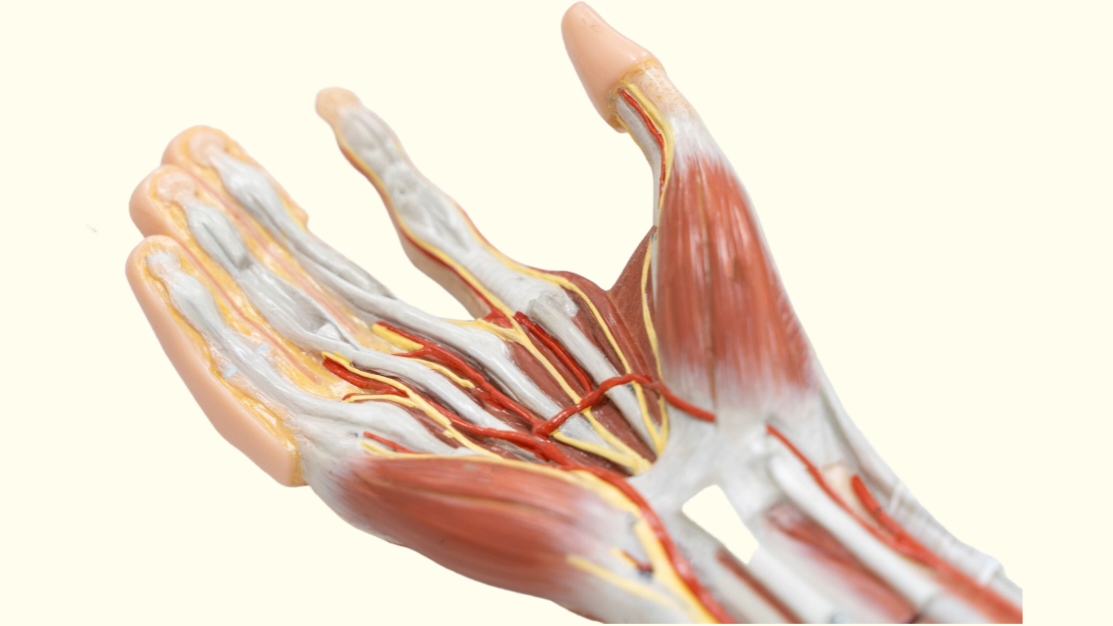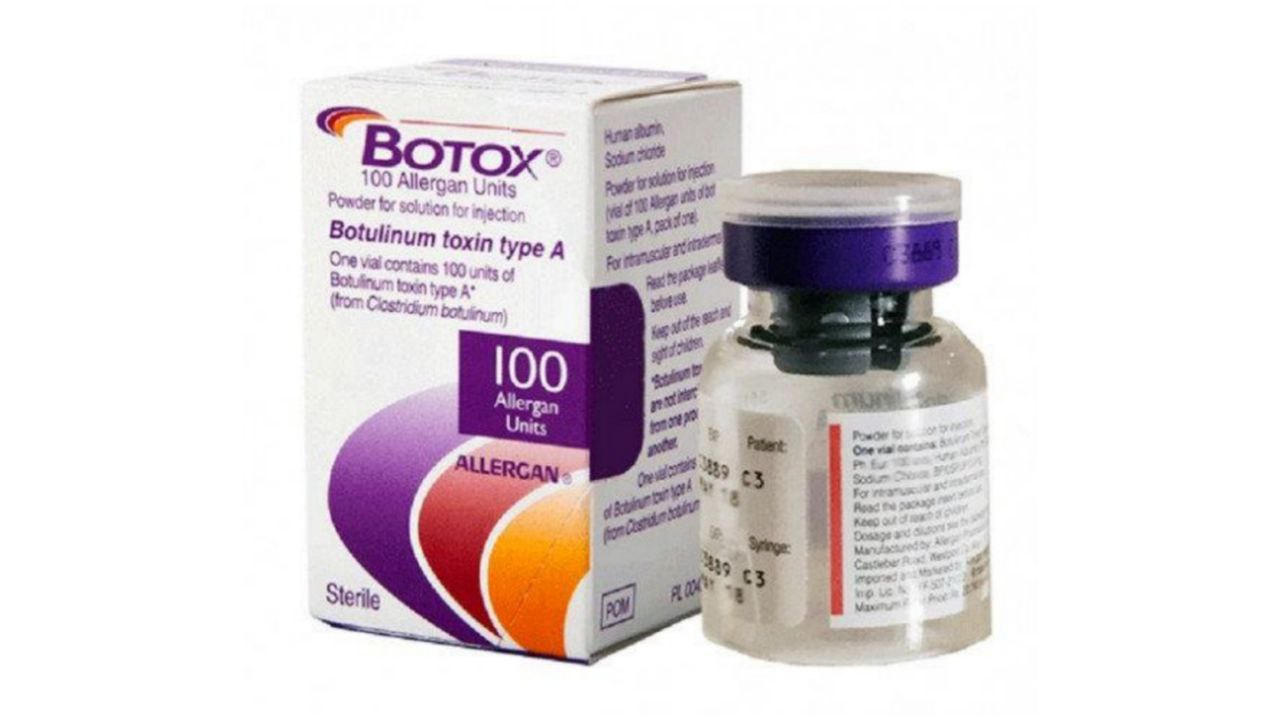
Flexor Digiti Minimi Manus
By : Omar M. Subhi Altaie• NAME
The first part of the name indicates that this muscle flexes some body part, and the Latin word " digiti " means the finger body part and " minmi " means the smallest or least. The word manus means that it is present in the hand.
• GENERAL
The flexor digiti minimi is one of the three muscles of the hypothenar muscle group that presents medially
on the palmer side of the hand. It is a spindle-shaped muscle that lies intermediate to the other two
muscles of the group.
The flexor digiti minimi attaches to the hamate bone
of the carpal bones, the flexor digiti minimi and
The other two muscles of the group apply their work on
the little finger exclusively. This muscle works
at :
• the carpometacarpal joint (or CMC joint ),
• the metacarpophalangeal joint (or MCP joint )
of the little finger
on the palmer side of the hand. It is a spindle-shaped muscle that lies intermediate to the other two
muscles of the group.
The flexor digiti minimi attaches to the hamate bone
of the carpal bones, the flexor digiti minimi and
The other two muscles of the group apply their work on
the little finger exclusively. This muscle works
at :
• the carpometacarpal joint (or CMC joint ),
• the metacarpophalangeal joint (or MCP joint )
of the little finger

• SUPPLY
The nerve supply of flexor digiti minimi brevis is by the deep branch of the ulnar nerve (C8,T1)
The blood supply of the deep palmar branch of the ulnar artery.
The blood supply of the deep palmar branch of the ulnar artery.
• ORIGIN AND INSERTION
◇ Origin
The Flexor digiti minimi brevis muscle originates from the hook of the hamate bone by a short tendon from the medial and some anterior aspects of the flexor retinaculum .
◇ Insertion
From the place of origin, the muscle fibers run distally and slightly medially, passing over the fifth metacarpophalangeal joint of the little finger. The muscle inserts onto the medial side of the base of the proximal phalanx of the little finger above the metacarpophalangeal joint.
The Flexor digiti minimi brevis muscle originates from the hook of the hamate bone by a short tendon from the medial and some anterior aspects of the flexor retinaculum .
◇ Insertion
From the place of origin, the muscle fibers run distally and slightly medially, passing over the fifth metacarpophalangeal joint of the little finger. The muscle inserts onto the medial side of the base of the proximal phalanx of the little finger above the metacarpophalangeal joint.

• MOVEMENTS & ACTIONS
• The flexor digiti minimi manus basically flexes the little finger in two ways, it crosses the Metacarpophalgeal joint of the little finger anteriorly; therefore it flexes the little finger at the metacarpophalangeal joint. Flexion of the little finger at this joint involves the flexion of the proximal phalanx of the little finger at the metacarpophalangeal joint. Additionally this joint can also do slightly what is called lateral rotation of the little finger which is the initiation of the opposition action and it occurs at the CarpoMetaCarpal joint.
• The fibers of flexor digiti minimi also cross the Carpometacarpal joint of the little finger anteriorly; which makes it also flexor of the little finger at that Carpometacarpal joint. Flexion of the little finger at that joint involves flexion of the metacarpal bone of the little finger at the same joint. This action is considered a component motion of opposition of the little finger when it meets the pad of the thumb.
• The fibers of flexor digiti minimi also cross the Carpometacarpal joint of the little finger anteriorly; which makes it also flexor of the little finger at that Carpometacarpal joint. Flexion of the little finger at that joint involves flexion of the metacarpal bone of the little finger at the same joint. This action is considered a component motion of opposition of the little finger when it meets the pad of the thumb.

• Reverse auction
As we know the normal action of any muscle is when the proximal attachment of the origin of that muscle is fixed and the distal attachment which is the insertion is the movable portion, but when the opposite of that happens we call it Reverse action.
The Reverse action of this muscle is when the metacarpal bone of the little finger is fixed in place due to weight or something that the person is holding, thus the carpal bone of origin moves toward the metacarpal bone and makes the muscle contract at the same Metacarpophalangeal joint.
When the carpal bone (hamate) moves toward the metacarpal bone when the carpal bone is fixed in place due to some particular reason, that action occurs at the Carpometacarpal joint of the same finger.
The Reverse action of this muscle is when the metacarpal bone of the little finger is fixed in place due to weight or something that the person is holding, thus the carpal bone of origin moves toward the metacarpal bone and makes the muscle contract at the same Metacarpophalangeal joint.
When the carpal bone (hamate) moves toward the metacarpal bone when the carpal bone is fixed in place due to some particular reason, that action occurs at the Carpometacarpal joint of the same finger.
• ANTAGONIST FUNCTIONS
1. Restrains the extension of the muscle that extends the metacarpal joint of the little finger and Stabilizes the joint itself.
2. Restrains extension of e muscle that extends the metacarpal joint of the little finger and Stabilizes the joint itself.
2. Restrains extension of e muscle that extends the metacarpal joint of the little finger and Stabilizes the joint itself.

• Examination
With the patient seated and his palm facing upward, the doctor should apply resistance to his little finger and ask him to flex it against that resistance
● Clinical notes
This muscle is considered an important landmark within Guyon's canal . Its absence or presence of accessory slips can result in hypothenar hammer syndrome ( when the blood flow in the hand is reduced because of compression of the ulnar artery), and neuropathy (damage of the nerve that results in numbness, tingling, and thus weakness of the muscle) of ulnar nerve is also the seen, both the artery and the nerve are closely related to hook of hamate and flexor digiti minimi brevis muscle.
The reason behind the absence is the non-division or is either the muscle mass and the duplication caused by the excess division of the ventral muscle mass, that forms the hypothenar group of muscles on the medial side of the hand.
The reason behind the absence is the non-division or is either the muscle mass and the duplication caused by the excess division of the ventral muscle mass, that forms the hypothenar group of muscles on the medial side of the hand.
• Relations
The flexor digiti minimi manus lies in the hypothenar eminence on the medial side of the human hands, it lies lateral the abductor digiti minimi manus and slightly deep to it. It is also deep to the flexor digiti minimi manus is the opponens digiti minimi.
● REFERENCES
• JOSEPH E. MUSCOLINO THE MUSCULAR SYSTEM MANUAL The Skeletal Muscles of the Human Body FOURTH EDITION pages 406, 413-415
• Keith L. Moore, Arthur F. Dalley, Anne M. R Clinically Oriented Anatomy (7th Edition) page 778
• Snell's clinical anatomy by Region's (10th edition) page 326
• Flexor digiti minimi, physiopedia website https://www.physio-pedia.com/Flexor_Digiti_Minimi_Brevis
• Keith L. Moore, Arthur F. Dalley, Anne M. R Clinically Oriented Anatomy (7th Edition) page 778
• Snell's clinical anatomy by Region's (10th edition) page 326
• Flexor digiti minimi, physiopedia website https://www.physio-pedia.com/Flexor_Digiti_Minimi_Brevis
● IMAGES REFERENCES
• Fig1 JOSEPH E. MUSCOLINO THE MUSCULAR SYSTEM MANUAL The Skeletal Muscles of the Human Body FOURTH EDITION , page 414
• Fig2 Frank H. Netter, Atlas of Human Anatomy (7th edition) plate 452
• Fig3 Various positions of the hand and movements of the thumb. . (H) Anterior views showing movements of the thumb Figure 3.81. Snell's clinical anatomy by Region's (10th edition)page 423
• Fig4 Prosection 2 – The lumbricals of the hand. Suárez-Quian & Vilensky. All in One Anatomy Review - Volume 1: Back and Upper Limb teach me anatomy website, https://teachmeanatomy.info/upper-limb/muscles/hand/
• Fig2 Frank H. Netter, Atlas of Human Anatomy (7th edition) plate 452
• Fig3 Various positions of the hand and movements of the thumb. . (H) Anterior views showing movements of the thumb Figure 3.81. Snell's clinical anatomy by Region's (10th edition)page 423
• Fig4 Prosection 2 – The lumbricals of the hand. Suárez-Quian & Vilensky. All in One Anatomy Review - Volume 1: Back and Upper Limb teach me anatomy website, https://teachmeanatomy.info/upper-limb/muscles/hand/
